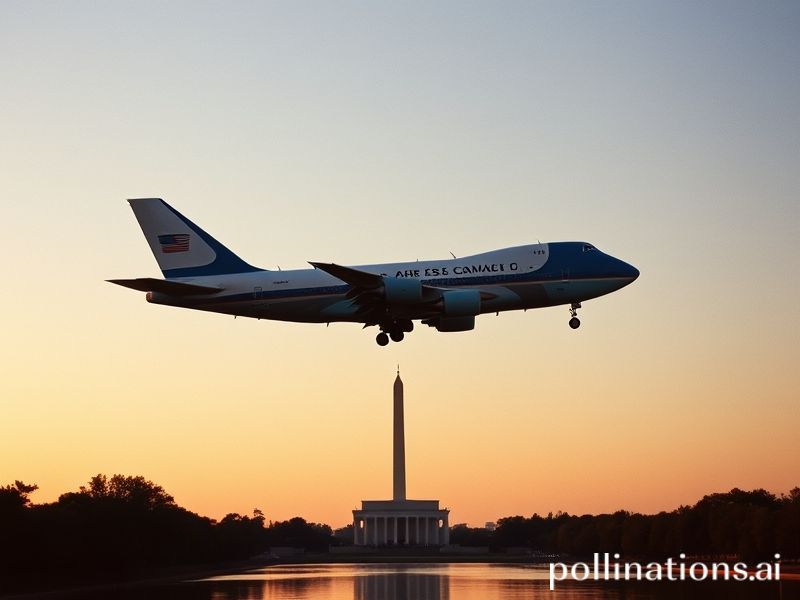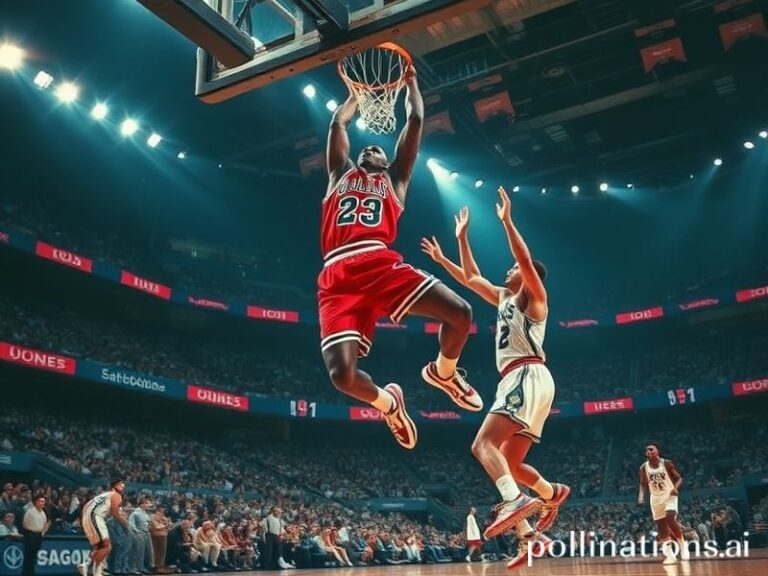Air Force 1 vs. Air Force 1: How One Call Sign Rules Both Skies and Streets
Somewhere above the Adriatic, at 38,000 feet and a cruising speed that would make most commercial pilots weep quietly into their headsets, the planet’s most expensive pair of sneakers is doing what it does best: being airborne, invisible to civilian radar, and theoretically capable of launching thermonuclear Armageddon while its owner finishes dessert. Welcome aboard Air Force One—call sign for whatever U.S. Air Force aircraft happens to be carrying the American president, and, by extension, the global economy’s fragile sense of self-worth.
To the rest of the world, the term “Air Force 1” evokes two very different icons: the blue-and-white Boeing VC-25 that doubles as a flying Situation Room, and the humble Nike sneaker that democratizes the fantasy of flight for anyone with $110 and a willingness to queue outside a Foot Locker. Both vessels ferry passengers away from terrestrial tedium; one merely costs 325,000 times more and occasionally parks next to the Pope. The symmetry is delicious, if you enjoy your geopolitics seasoned with consumerist irony.
Start with the plane. Two heavily modified 747-200Bs—tail numbers 28000 and 29000—have been circling the globe since the Reagan administration, which means they still use floppy disks and a cockpit designed when “streaming” referred to rivers. Each sortie burns roughly 5,600 gallons of fuel per hour, about the same as every lawn mower in Belgium running simultaneously. Climate summits love to wag their fingers at coal plants while conveniently ignoring the carbon plume of democracy’s Uber Black. But then, what’s a few thousand tons of CO₂ when you’re reassuring allies that Article 5 is still more than a LinkedIn pledge?
Internationally, the aircraft’s shadow is longer than its contrail. When it lands at Yokota, Tokyo’s stock exchange pauses like a guilty schoolchild. When it taxis at RAF Mildenhall, European leaders cancel their own flights just to avoid looking underdressed on the tarmac. The plane carries not only the President but the semantic weight of 330 million brand ambassadors—half of whom didn’t vote for him, yet still underwrite the catering budget. It is, in effect, a sky-borne embassy with missile decoys, a mobile Versailles that can loiter in the air indefinitely thanks to mid-air refueling—an airborne Brexit, forever circling, never quite touching foreign soil long enough to need a visa.
Now pivot to the shoe. Originally designed in 1982 for basketball legend Moses Malone, the Nike Air Force 1 has become the lingua franca of streetwear on six continents. Kids in Lagos repaint them in the colors of the national flag; counterfeiters in Putian churn out “Abibas” variants that retail for the price of a bowl of noodles; Russian hype-beasts trade them like war bonds. The sneaker’s very name hijacks the presidential brand, turning every teenager who laces up a pair into an unwitting ambassador of soft power. Uncle Sam spent $3.2 billion on two planes; Nike spent a fraction of that on marketing and ended up with 200 million walking billboards. Somewhere in the Pentagon, an accountant is quietly sobbing into his classified spreadsheet.
The two Air Force 1s rarely meet, but when they do—say, when POTUS descends the airstairs in crisp white sneakers on a surprise visit to a disaster zone—the image ricochets around Telegram channels and TikTok edits faster than any press release. It’s soft power cosplaying as comfort wear, the geopolitical equivalent of wearing sweatpants to a G7 summit because you already own the room.
Which brings us to the broader significance: both the plane and the shoe are talismans of projection. One projects hard power—stealth tech, encrypted comms, and enough fuel to outrun bad headlines. The other projects soft power—cultural cachet, aspirational cool, and the illusion that you, too, can escape gravity for the price of a monthly phone bill. In an era when trust in institutions is circling the drain like a goldfish nobody voted to flush, both versions of Air Force 1 offer the same seductive promise: that somewhere above the turbulence, authority still has legroom.
So next time you see that distinctive silhouette—be it a 747 banking over Geneva or a scuffed sneaker on a subway platform—remember the unspoken pact: we let them fly, and in return we’re allowed to dream. The mile-high club has never been more exclusive, or more crowded.







